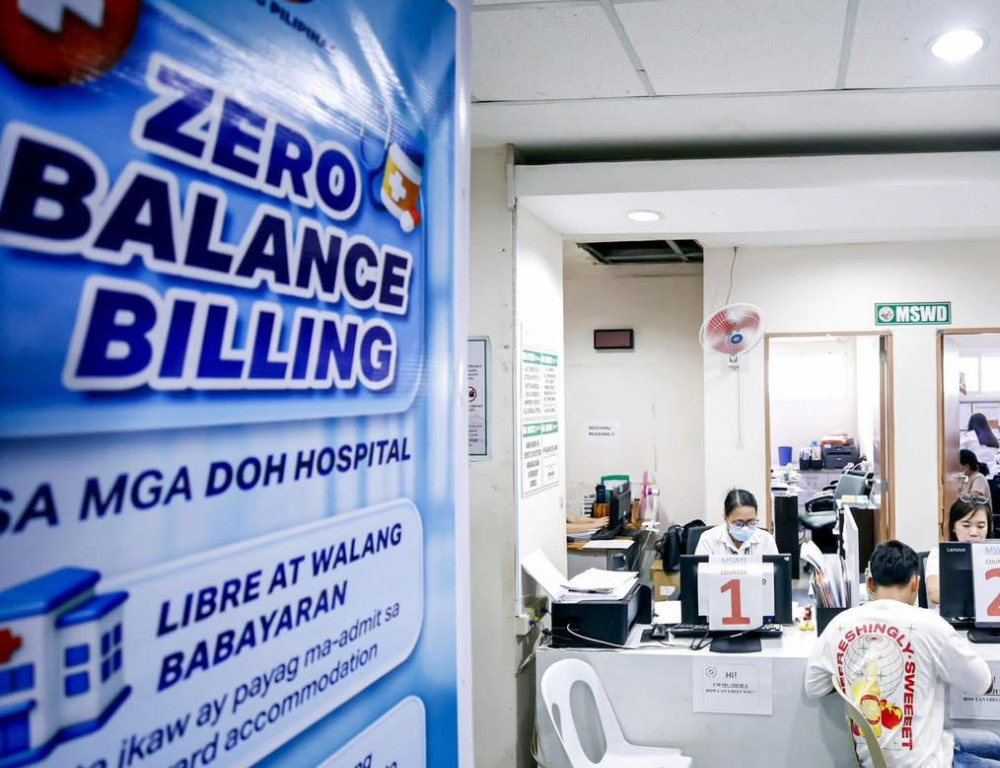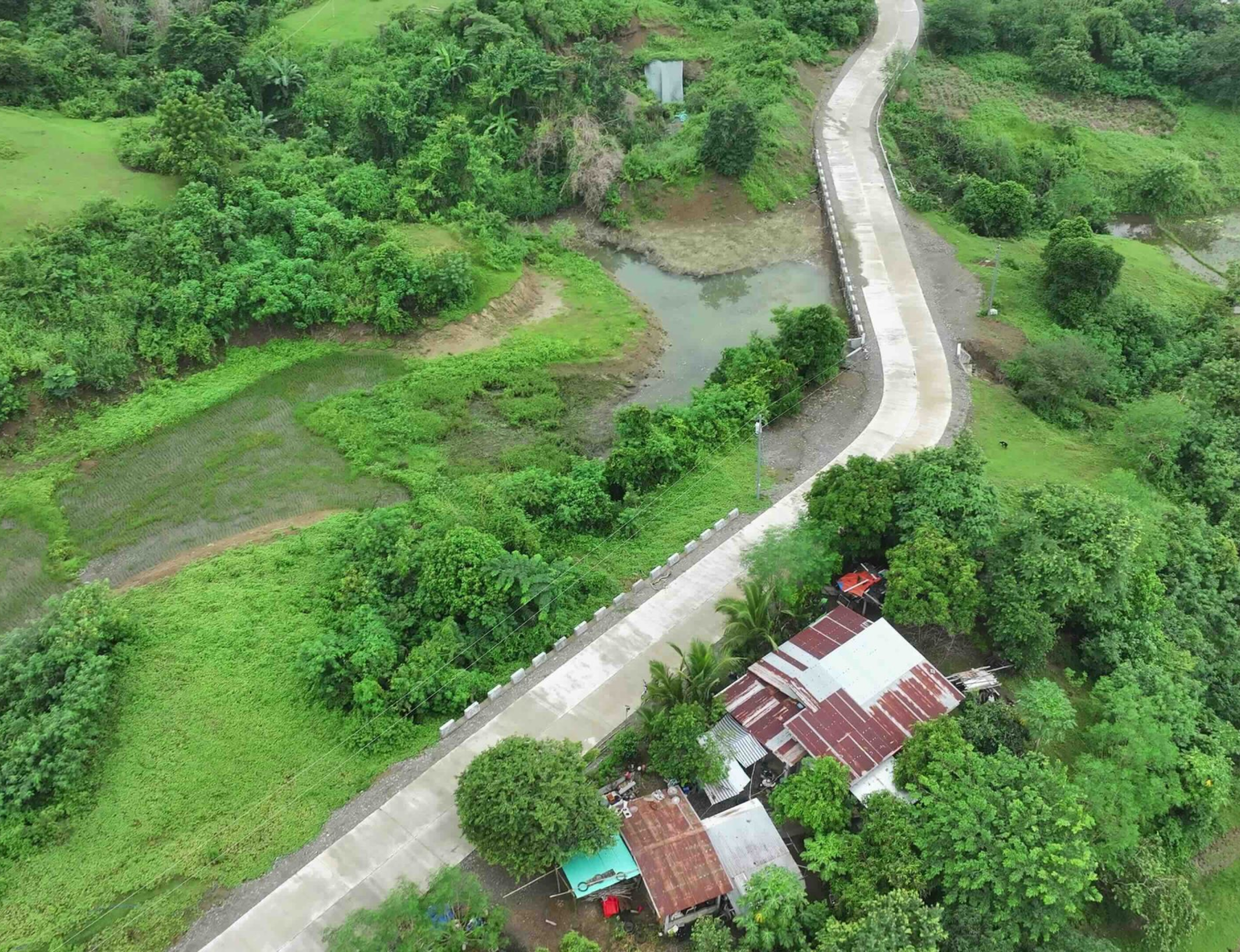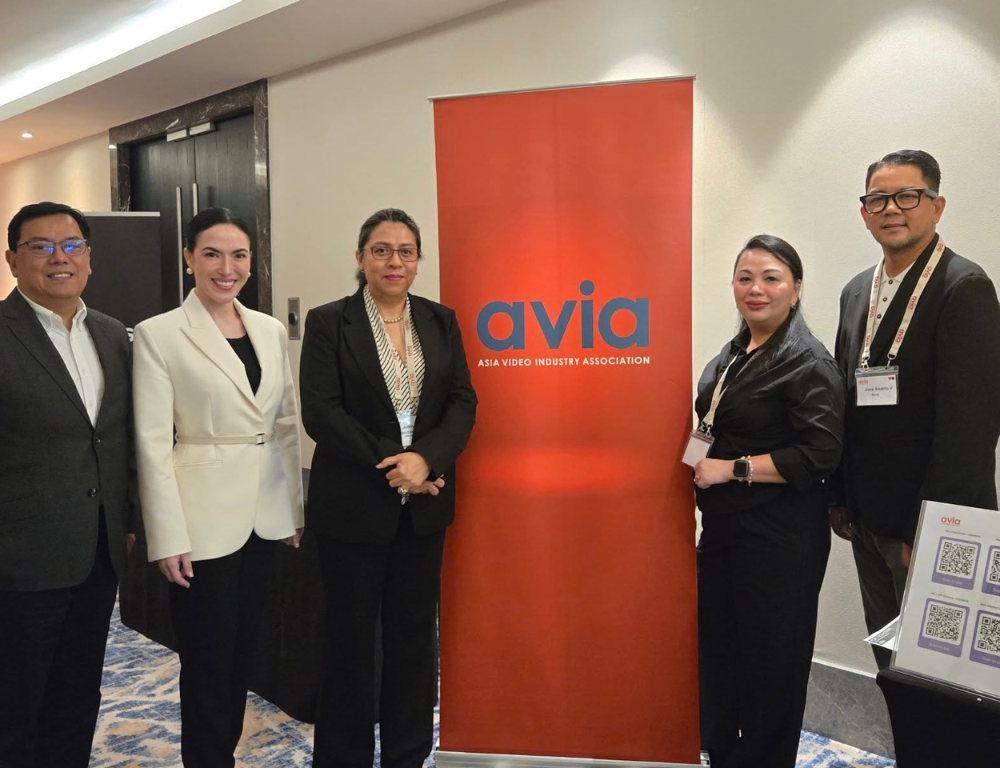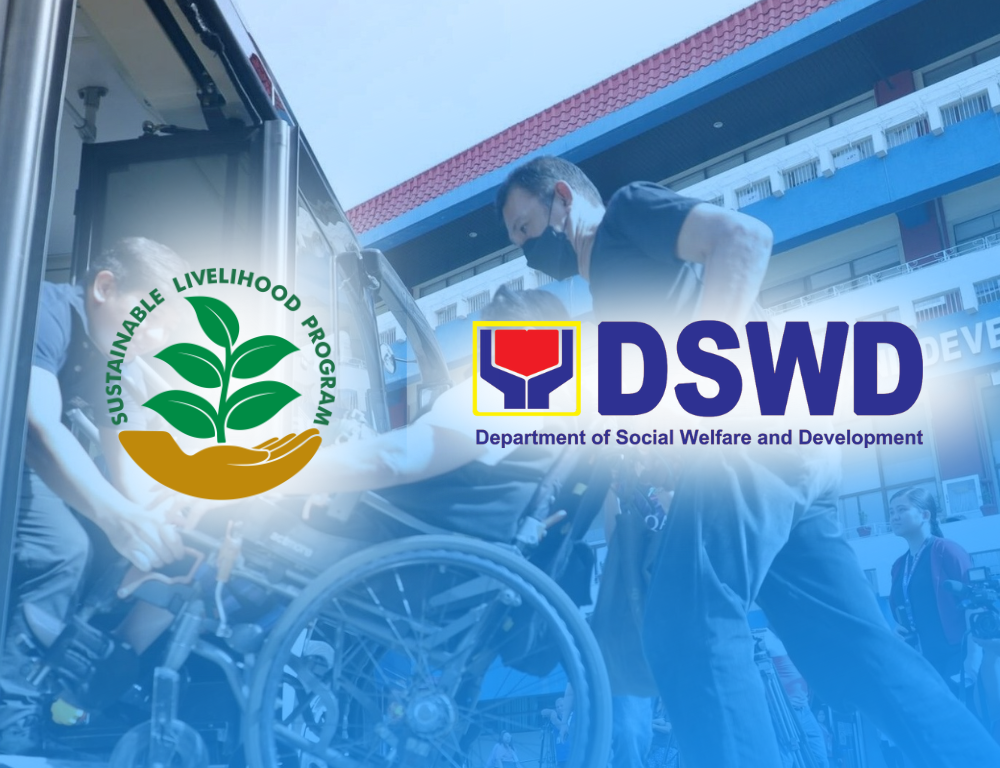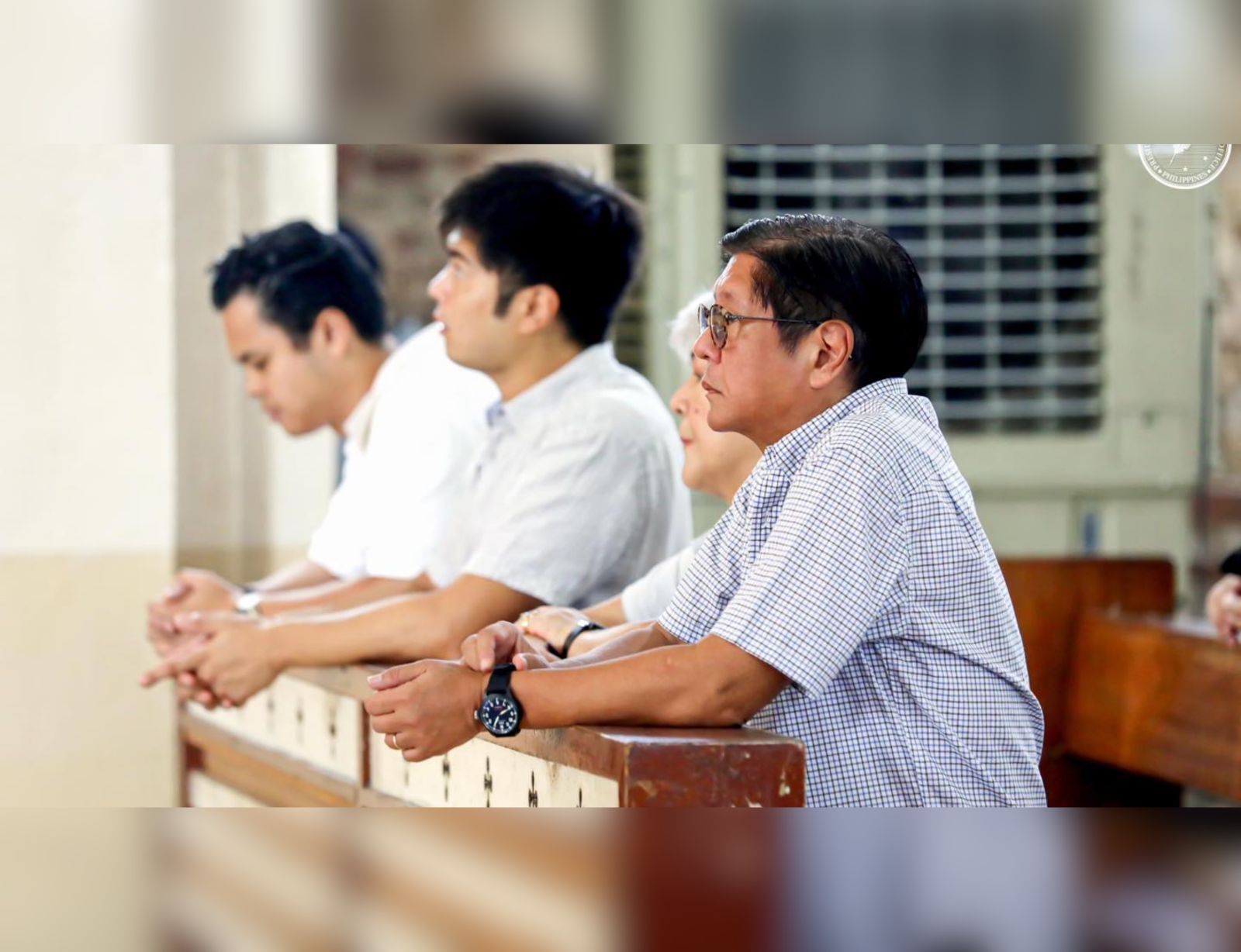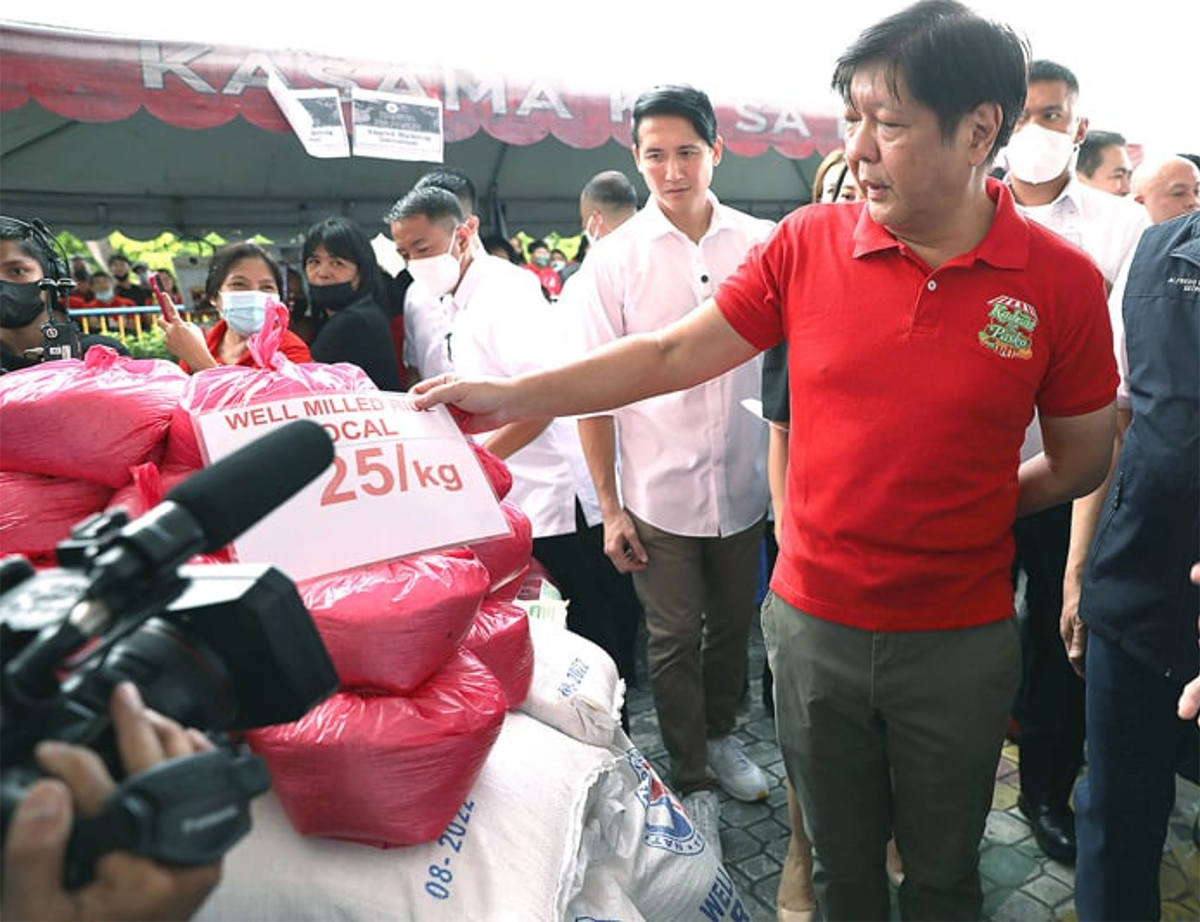
The number of unemployed Filipinos has significantly declined as the country continues to recover from the onslaught of the COVID-19 pandemic.
Data from the Philippine Statistics Authority show that the unemployment rate in the Philippines has dipped from 10.3 percent in 2020 and 7.8 percent in 2021 to only 4 percent in the first ten months of 2024.
Among those who lost his job at the height of the pandemic was Geoffrey Daga, who hails from Leyte. He lost his 17-year job as an assistant cameraman for an international media company.
The loss of his source of income and the need to support his family pushed Daga to return to his roots: Farming.
Daga has been engaged in vegetable farming and trading since he was a child and for the past two years, he and his family have been selling their produce in the weekly KADIWA ng Pangulo (KNP) outside the Philippine Coconut Authority regional office in Palo, Leyte.
“This is a big help to us since it eliminates middlemen, adding income to our family. Before joining the KADIWA, our gross sales were PHP300 to PHP400 daily, but now it is as high as PHP10,000 daily,” Daga told the Philippine News Agency.
The KNP is a market linkage facilitation program of the government that provides farmers and fisherfolk a market to sell their products directly to consumers, who in turn, are able to purchase basic commodities at a cheaper price.
The program, led by the Department of Agriculture, is in line with President Bongbong Marcos Jr.’s goal of achieving food security in the Philippines by pushing growth in the agriculture sector while also strengthening the supply chain in the country.
“Katuwang ang mga lokal na pamahalaan, dinadagdagan pa natin ang mga KADIWA sa iba’t ibang panig ng bansa. Higit sa lahat, layunin nating gawing permanente rin at mas madalas pa ang pagdaraos ng mga KADIWA,” President Marcos said in his third State of the Nation Address.
KADIWA centers are designed to strengthen the connection between local producers and consumers, enhancing the farm to market supply chain.
Farmers and fisherfolk benefit from the program by having an avenue to sell their produce directly to consumers without the need for intermediaries, which translates to more income they can take home to their families.
Maria Rhodora Valez, president of the New Kawayan Farmers Association in Leyte, shared that before there were KADIWA stores, they only earned around 30 pesos for every kilo of bitter gourds they sell to traders. Traders then sell the produce to consumers at 60 pesos per kilo.
“Through KADIWA, we have been selling ampalaya at only PHP40 directly to consumers. During the paydays of government employees, we earned up to PHP30,000 in just two days,” Valez told the Philippine News Agency.
But it’s not just the farmers who are benefiting from the program as consumers are also able to purchase their needs such as rice, vegetables, fruits, and meat at a more affordable price.
According to the Philippine Statistics Authority’s latest price monitoring report released December 16, at the national level, a kilogram of well-milled rice had an average retail price of around 54 pesos during the first phase of December 2024 (December 1 to 5).
In KADIWA stores located in several areas in the country, however, the government offers more affordable rice options under its “P29” and the “Rice for All” programs.
“P29” aims to provide affordable high-quality rice priced at only 29 pesos per kilo for vulnerable households across the country such as 4Ps beneficiaries, senior citizens, persons with disabilities, solo parents, and indigenous people. The limit is at 10 kilos per month.
Meanwhile, the “Rice for All” program sells well-milled rice for only 40 pesos per kilo which can be purchased by every Filipino at a daily limit of 25 kilos.
“Para sa akin, mura po yung bigas dito sa KADIWA. At ‘yun po ang malaking tulong ng ating Pangulo, at malaking tulong po sa aming pamilya rin. Kung sa grocery, ang nabili ko dati may mga 60 pesos o 55 pesos. Pero dito sa KADIWA, napakamura at malaking tulong na po ang nagawa ng ating Pangulo,” a teacher who bought rice from a KADIWA store shared.
Other agricultural commodities such as fruits, vegetables, and meat are also available in KADIWA stores across the country.
“Mas mura po yung mga bilihin dito at mas afford po ng mga tao. Bigas, mga sibuyas, nasa worth 500 pesos lang po, marami na po yung nabili namin. Kahit yung sa onion po, nasa 200 pesos na po yung kilo sa labas po. Dito po 60 pesos yung kilo lang po yung onion natin dito,” another customer shared.
ROAD TO FOOD SECURITY
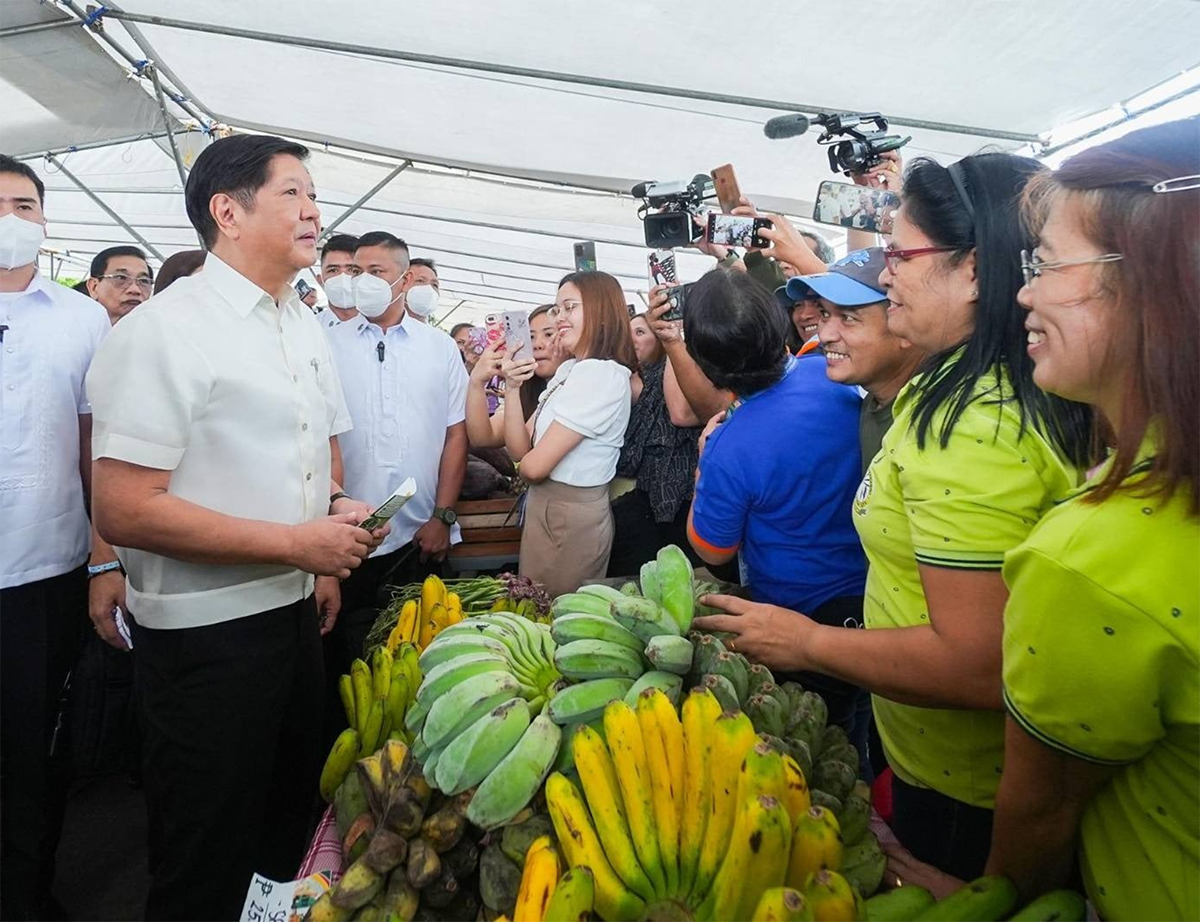
The establishment of KNP outlets in the country is just one of the steps taken by President Marcos’ administration towards achieving food security in the Philippines.
In July 2023, President Marcos witnessed the signing of a memorandum of agreement which seeks the establishment of KNP in local government units nationwide in a bid to ensure food security, reinvigorate job creation, and accelerate poverty reduction.
According to DA Assistant Secretary for Agribusiness, Marketing, and Consumer Affairs Atty. Genevieve Velicaria-Guevarra, there are 108 KNP centers and 287 KNP outlets across different parts of the country as of November 28 this year.
“Under po sa leadership ng ating Secretary, of course, under the guidance of our President, balak po natin talagang i-expand o paramihin pa ang mga KADIWA ng Pangulo centers at stores nationwide dahil nga po dito talaga makakabili ng mas mura at gusto sana natin na mas accessible po ito,” Atty. Velicaria-Guevarra disclosed.
“Gusto po sana natin na ito pong mga stores na ito ay mapalawig pa para po yung mas available po natin na murang bigas at mga murang bilihin ay mas maging accessible pa sa ating mga mamimili,” she added.
In an episode of Malacañang Insider in August this year, Agriculture Secretary Francisco “Kiko” Tiu Laurel Jr. also disclosed the government’s plans to increase the number of KNP centers and outlets as well as standardize the KADIWA centers’ and stores’ operating hours and days.
“Kapag na-establish na naman iyong smooth logistics flow ng goods at saka iyong takbo ng transaksiyon ay i-eexpand na natin iyan in the next four years up to ang target ko is 800 to 1,000 stores,” Secretary Tiu Laurel said.
In line with this direction, in a meeting with the DA and the National Irrigation Administration, President Marcos was requested to utilize “P29” program
billion-peso allocation for the Rice for All program to finance logistics repair and rehabilitation of government facilities and warehouses where KADIWA centers may be set up.
The rehabilitation is expected to benefit an additional 2.3 million Filipinos in its initial roll out.
In a bid to expand KADIWA centers and stores, the government has introduced other platforms of the outlets for improved accessibility to the public.
Aside from the KADIWA centers located in designated areas in different parts of the country, there are also “KADIWA on wheels” which are mobile markets that bring fresh produce directly to different communities and barangays.
“‘Yun nga po, under the food security natin, inaasahan natin na magkakaroon ng continuous production and to ensure that our farmers, our fisherfolk, meron pong kinikita or meron po sila talagang incentive na patuloy pa rin yung pag-produce nila para din hindi tayo masyadong mag-rely sa imports,” Atty. Velicaria-Guevarra said.
“So ito po yung paraan na nakikita natin para po talagang yung kita nila ay direktang mapunta sa kanila at mabawasan po yung importation. At the same time po, yung ating mga mamimili ay magkaroon din ng access sa mas mura, dekalidad at syempre mas accessible po na pagkain,” she added.






